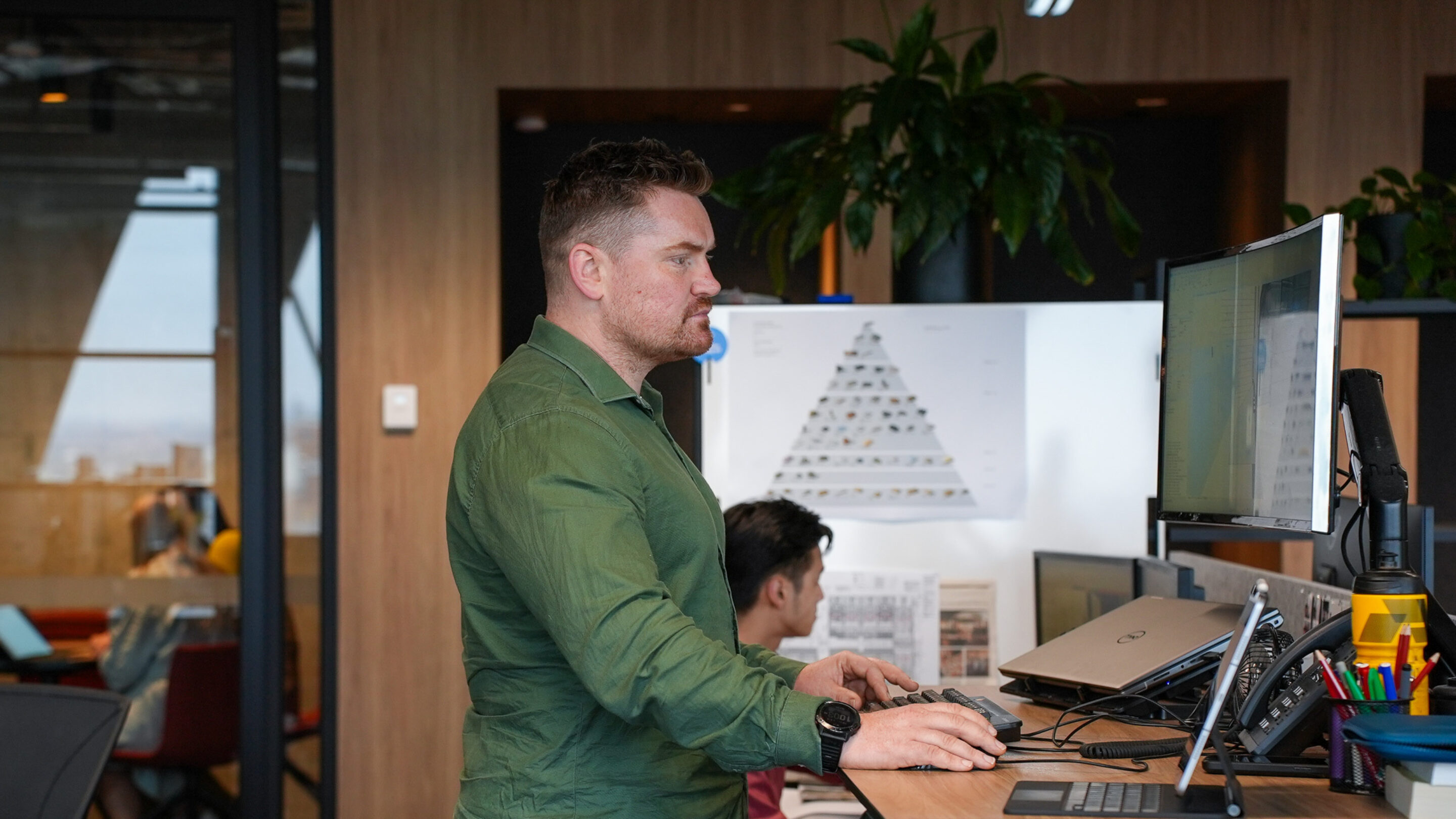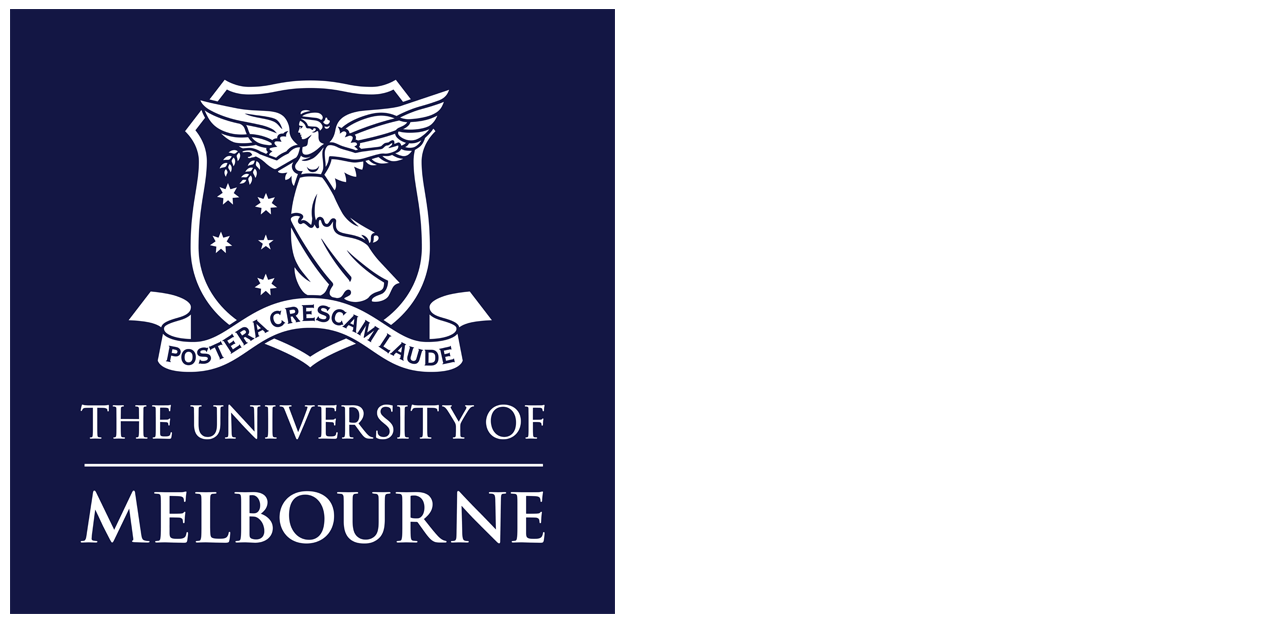

James Gilliland’s first taste of the construction industry came about while working as a part-time junior carpenter during his studies at RMIT. The proud Yorta Yorta man called upon this hands-on experience as he began to shape his career as an architect and carve out a niche within the industry.
Now a Senior Architect with ClarkeHopkinsClarke, Gilliland specialises in Passivhaus design and First Nations housing projects, and works collaboratively with First Nations and government bodies across Victoria to design Country-centred housing that promotes equity for Australia’s First Nations people.
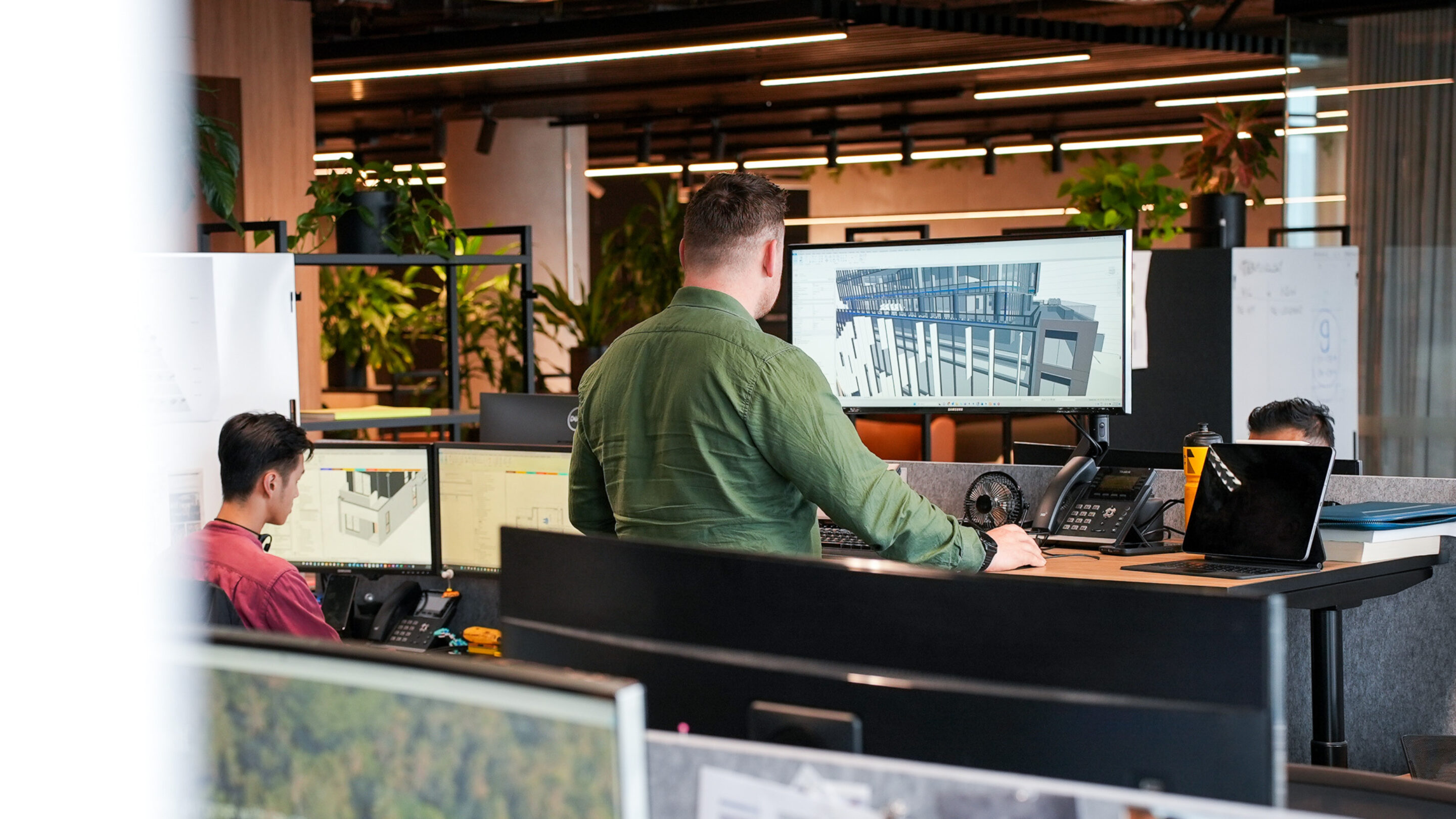
What is your role here at ClarkeHopkinsClarke?
I'm a senior architect here at ClarkeHopkinsClarke (CHC) and I work in the multi residential sector.
Can you tell us a little bit about yourself?
I'm an outdoor person — I love mountain biking, camping, that sort of stuff. I'm a volunteer with the country fire authority, so that takes up a lot of my spare time. In a professional capacity I'm really interested in working with affordable social housing providers, Aboriginal Land Councils, and I've also done a lot of commercial high rise for offices and multi residential.
Is that what drew you to this role and particularly ClarkeHopkinsClarke?
Where I was at before this was purely focused on high rise builds, doing 80 story, 100 story buildings. It was pretty much all multi-residential. I wanted to come here because CHC has such diversity. They focus more on the whole community aspect — working across education, health, and mixed-use builds, and that appealed to me at the time that I was looking to get registered as an architect.
How do you feel like your Yorta Yorta heritage helps inform the way you design and work with First Nations people on projects?
I was lucky enough to get a full Indigenous scholarship with RMIT and that was a fantastic experience for me. Then coming into CHC, I've gone on a journey of sorts with the company. Back in about 2018 we started putting together our RAP (Reconciliation Action Plan), really starting to look at Country-centered design and working with Indigenous stakeholders. So over the last few years I've grown with the company and it's actually been a really good vehicle for me to learn more about my heritage and more about Aboriginal culture in general. We're a long way from being finished, but it's a pretty exciting future.
What really stood out for you in this role when you took the job?
I guess I've been able to position myself as a little bit of a specialist now when it comes to working with Aboriginal Land Councils and organisations like Aboriginal Housing Victoria. This is a niche that I wanted to create for myself and it’s starting to happen. I've had a few little opportunities pop up for next year, such as getting to speak with the Australian Institute of Architects Country, Culture and Community conference in Tasmania about re-imagining Indigenous social housing. So I've been able to basically turn my passion project into my real job.
What is your vision for the future for Aboriginal social housing?
I think the first thing is equity. We want Indigenous people to have what the rest of the community has, and then from that they can go on that process of self-determination and build their own narrative. In a lot of ways what we design isn't too different, but we obviously have to be very contextually appropriate to each site. But fundamentally, it's really just about equity.
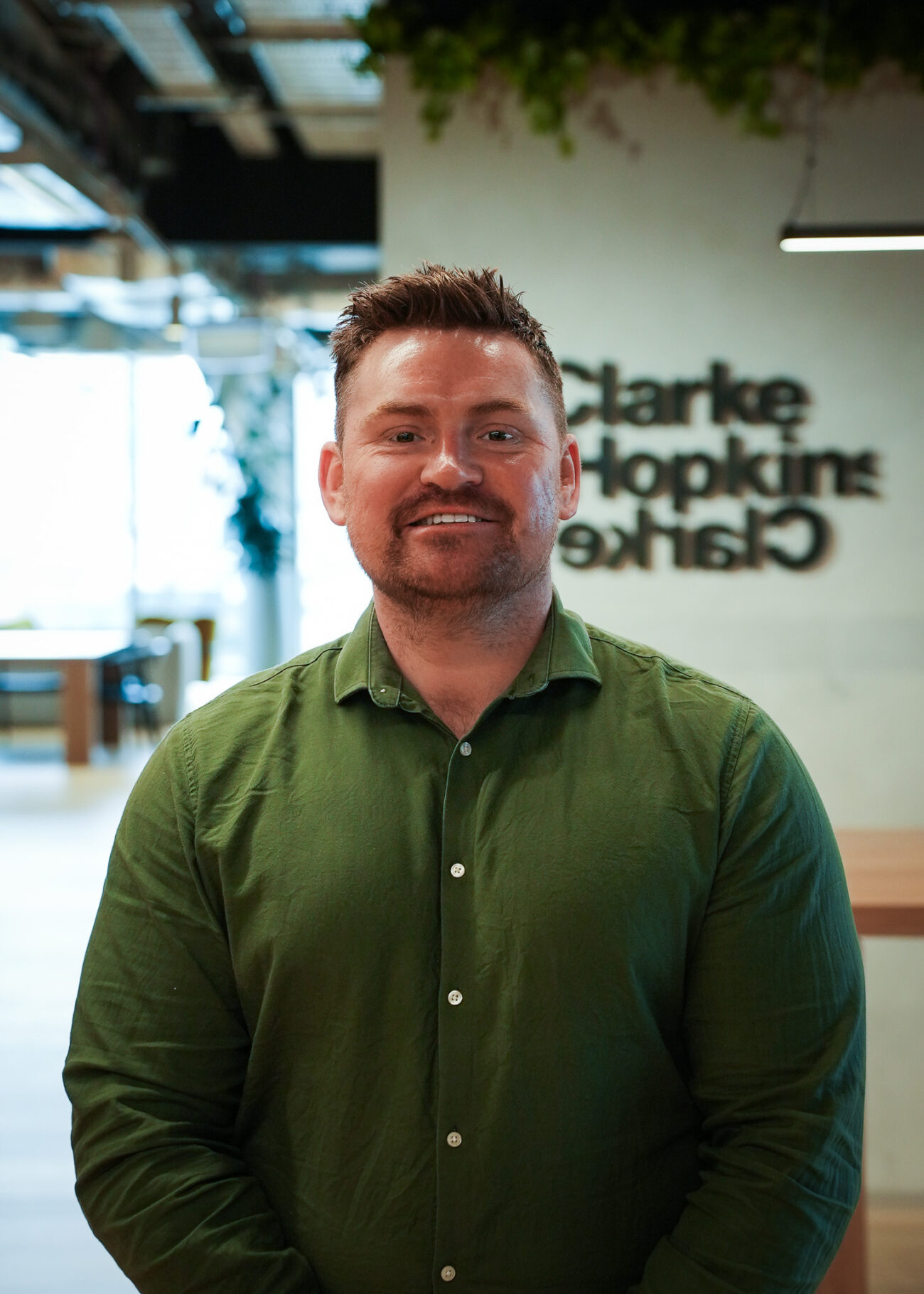
What are some of the exciting projects you're currently working on looking forward to?
We've got one project at the moment which just had a pre-application meeting with the Traralgon Council. So that's a project for Gunaikurnai Land and Water Aboriginal Corporation (GLaWAC). Essentially what they're involved in at the moment is a settlement between GLaWAC and the State of Victoria, and they're looking to turn that parcel of land into a mixed use development. The idea is based around that self-determination piece and creating generational wealth, so they'd get a few anchor tenants and there would also be a cultural component.
Another one that I'm pretty chuffed about is we've got a project that we are working on in inner city Melbourne and the client is quite ambitious. They're looking to do a net zero operational building using Passivhaus principles. So to actually have a large commercial building like that will be an Australian first, which would be pretty exciting.
Could you explain what Passivhaus design is and how it differs from the more widely adopted architectural practices?
The office development I mentioned is looking to go for Passivhaus certification. There are some key things that separates Passivhaus from a normal accreditation, such as going for a NABERS rating, which is a really high energy efficiency. It's using things like triple glazing, super high air tightness, mechanical heat recovery systems that transfer heat around the building. So essentially, there isn't any heating in this Passivhaus project that we are building. The equipment in the building will be enough to heat the floor plates, which is pretty remarkable.
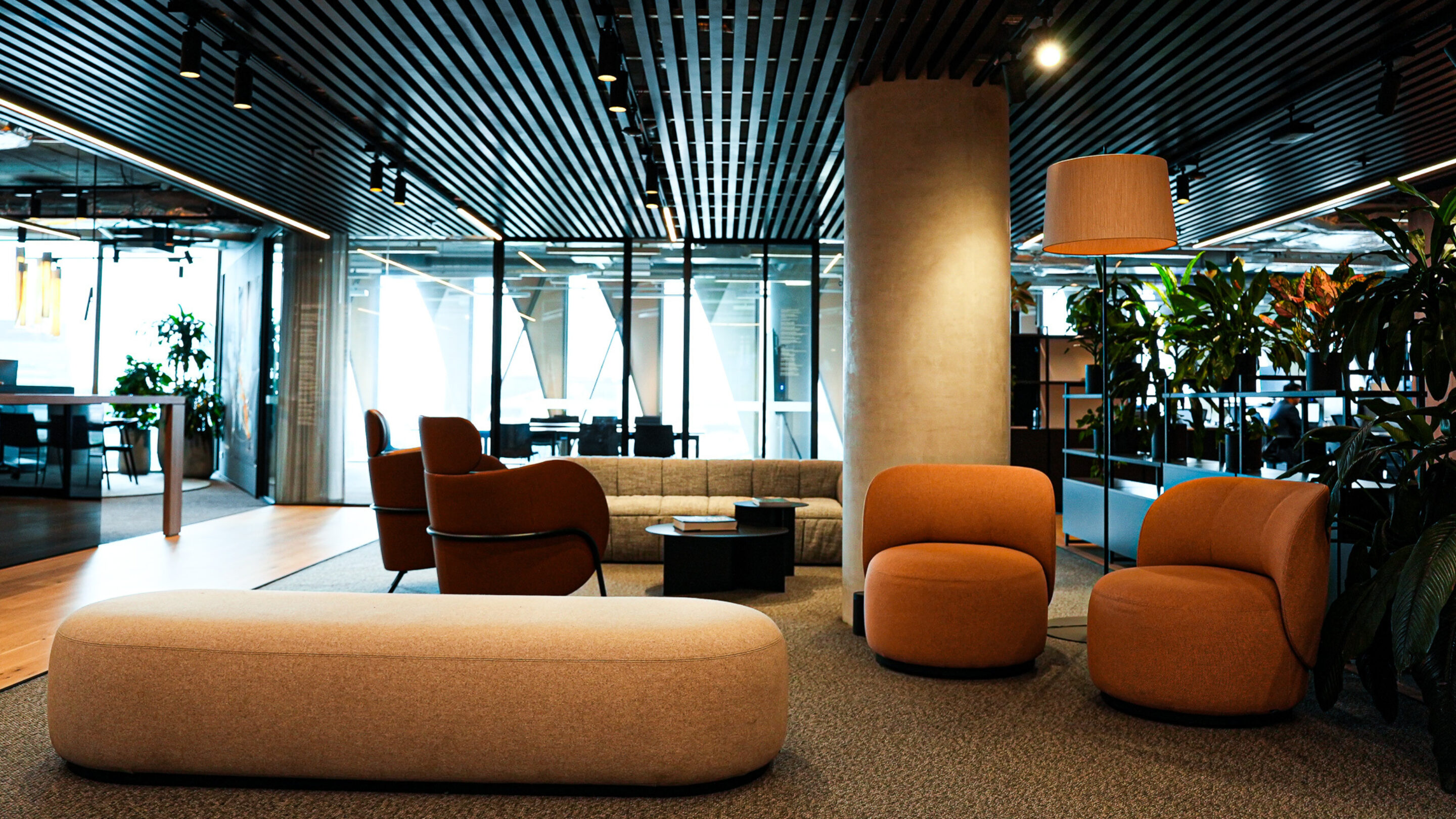
How has working on projects with Passivhaus principles helped you in developing collaboration skills with industries that you otherwise wouldn’t have?
As part of this journey to start to design some really high performing buildings, we're having to work with some specialists. So we've teamed up with Environmentally Sustainable Design (ESD) consultants for this development at the moment, and I guess they're the leaders on a few different fronts.
They're obviously really experienced with Passivhaus, but also they've written a lot of documents and pioneered a lot of the mass timber construction builds and high rise mass timber construction. So we were having to reach out to other people in the industry to upskill ourselves because a lot of these construction techniques are quite new to us. And it's rocking the boat a little bit in the building industry because the builders have become used to building things in a particular way and this is forcing them to break out of those habits a bit.
How can we learn from First Nations peoples when it comes to the way we design and build homes?
I was having this exact conversation yesterday. At the moment we're trying to put together this Country-centered design document that we can roll out across the whole company to help upskill our designers. In this process we have learnt that a lot of the ambitions for ESD are the same ambitions that First Nations people have for land management and their way of life.
We've got this diagram that we refer to where there's a human centric approach, and there's a little pyramid where the humans are on top, and then there's an alternative diagram that shows the humans as part of the larger ecosystem and we're not sort of trying to dominate it. I think we need to shift our thinking a bit to design buildings in a way that they work with the land.
Our first few projects were probably learning as we were going, but now that we've got a pretty solid foundation and an understanding of First Nations principles we're trying to weave some of those elements into the design narrative. We’re always aiming for collaboration and engagement with the traditional custodians and hopefully they can tell us a bit of that story as well.
How does it feel to be based here at Melbourne Connect?
I'm pretty proud to work here. I've brought my mum here before and it knocked the socks off her, she was so impressed by the environment and the building itself. So there's definitely that sense of pride that comes with working here. You've got all the University students, startups and industry partners, so it's a really nice blend.
What attracted you to working at ClarkeHopkinsClarke?
So after graduating, it was actually quite difficult to find a job, to be honest. So I went back to construction sites for a while and I worked with a builder. I'd done that all through my university days, but then my first role in professional practice was in a small architecture firm. To be honest, I felt like a fish out of water.
From there I moved on to a larger practice that specializes in high rise construction, but there wasn't a lot of variety, and after a couple of years there I felt like I needed a bit of a change. The thing that attracted me to ClarkeHopkinsClarke was the diversity of projects that they had and they basically seemed like a really good bunch of people.
How do you feel your experience on construction sites helps inform your methodology as an architect?
While I was studying I was also laying timber floors and working as a sort of a junior carpenter for a builder. That experience was really good because you quickly learn the realities of putting things together. You learn what works and what doesn't work.. So that actually gave me a head start when I first got into professional practice because I could detail almost straight away, and I could understand it.
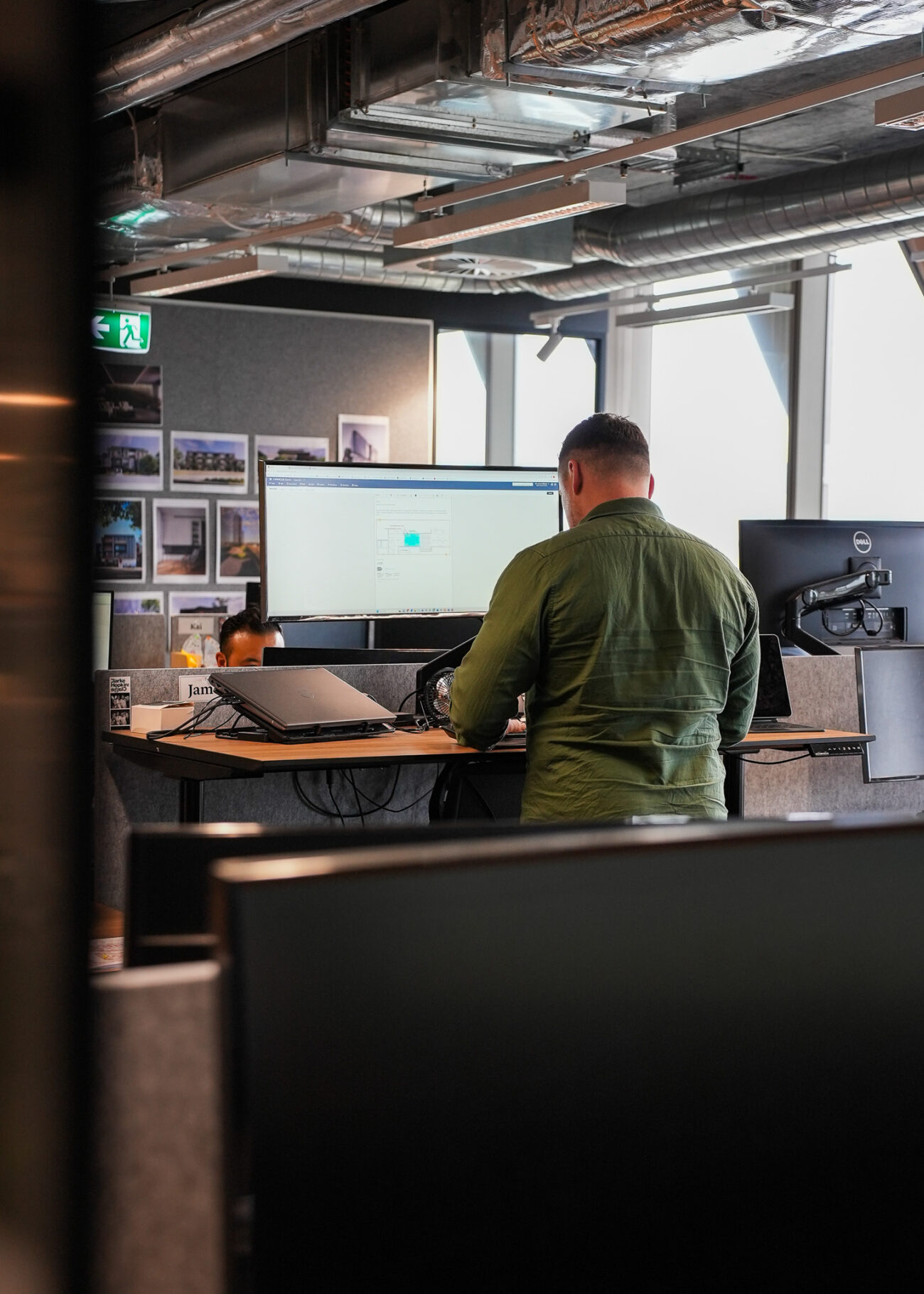
How does your Yorta Yorta heritage help inform you when you get a new brief for a project?
My Yorta Yorta heritage and having such a deep connection with land means that when we do get a new project, I'm really focused on understanding the site and really doing my homework and understanding all the different environmental histories of the site. Once you understand the site quite well, it's easy to start to build those design drivers and create the narrative. And once you're confident at explaining a narrative, everything else sort of falls into place.
How do you feel the government and public sector could be doing more for first nations people in terms of housing and using housing to build equality?
First and foremost, there has been a lot of funding over the last few years for social and affordable housing, which is really good to see. And a portion of that is set aside for First Nations people, which is desperately needed..
The reality is that the projects are a bit slow to roll out at the moment. But I must say the projects that we have been involved in are of a good quality. It doesn’t feel as though the social housing providers just want something cheap and nasty to run out the door. They want it to be durable, they want low maintenance, so they're actually really nice projects to work on.
What's your favorite part about ClarkeHopkinsClarke and this office space?
One of my favorite parts about the CHC office would have to be the kitchen. It's a really big space. You're getting great views across the city. We got two coffee machines, so you're always well caffeinated, and it's a really good social area too, because we've got a couple of table tennis tables you can use it as a bit of a chill out zone.
Thanks very much for speaking with us James, we look forward to seeing you around the precinct.
